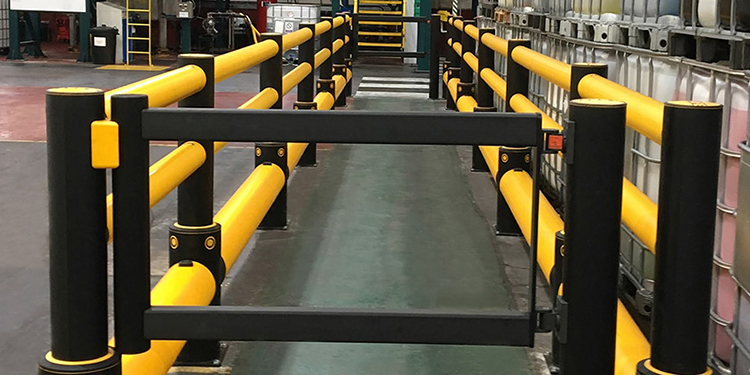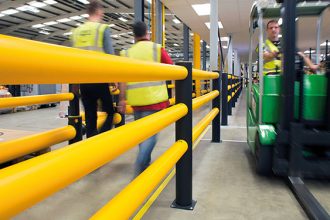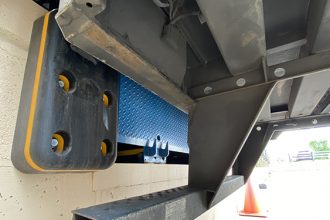Pedestrian And Traffic Barriers: Regulations, Standards, And Best Practices

Beyond the general duty clause that requires employers to keep workers safe from recognized hazards and 29 CFR 1910.176(a), which requires sufficient safe clearances around mechanical handling equipment and appropriately marked permanent aisles and passageways, the Occupational Health and Safety Administration (OSHA) offers no written regulations surrounding the use of pedestrian and traffic barriers. That’s why, in “The Purpose of Pedestrian and Traffic Barriers,” a webinar presented by the members of the Protective Guarding Manufacturers Association (ProGMA), best practices for the design and use of these systems were discussed. Additionally, the contents of the newly published standard for crash-testing of industrial guardrails and barriers were explored.
Among the best practices reviewed, the presenters recommended considering safety guarding placement during the earliest phases of a facility design project. Key points included to look for areas where material handling equipment and pedestrians might interact as locations where designated walkways, delineated with guardrails, be established. A plan that segregates forklift traffic areas from pedestrian and other non-traffic areas with guarding should also be considered. Further, when placing equipment—such as machinery or racking—it is important to leave extra space around the system to ensure adequate square footage for guarding to prevent a forklift impact.
To help purchasers be assured that the pedestrian and traffic barriers they install will be sufficiently strong enough to withstand potential impact forces ProGMA recently published a new standard, “ANSI MHI31.2-2021 – Test Method for Crash Testing Industrial Guardrail Barriers and Barrier Posts.” The webinar presenters discussed the primary sections of the document, including how the test should be set up for uniform, comparable results; how and why deflection zones are measured; what impact ratings can be given; and which testing facilities are certified.
To conclude the session, key factors for selecting the most appropriate guardrail solution were overviewed. These include:
- What is the environment in which the guardrail will be installed?
- What is to be protected?
- What are the weights and travel speeds of the vehicles used in the facility?
- What are the impact zone heights?
- What is the maximum angle of approach?
- What is the strength of the floor to which the guardrail will be bolted?
- How far away from the protection zone should the guardrail be placed?
The webinar is available for viewing online.
Looking for more information about guardrails and protective barriers? The members of the Protective Guarding Manufacturers Association (ProGMA) are available for guidance and recommendations.



